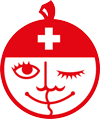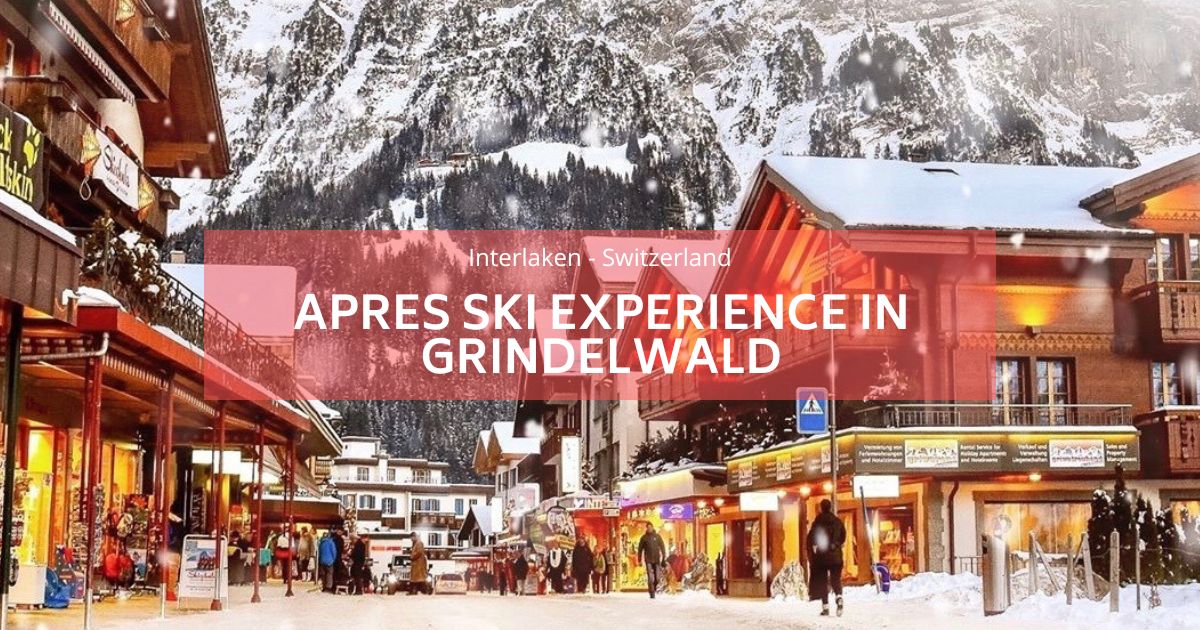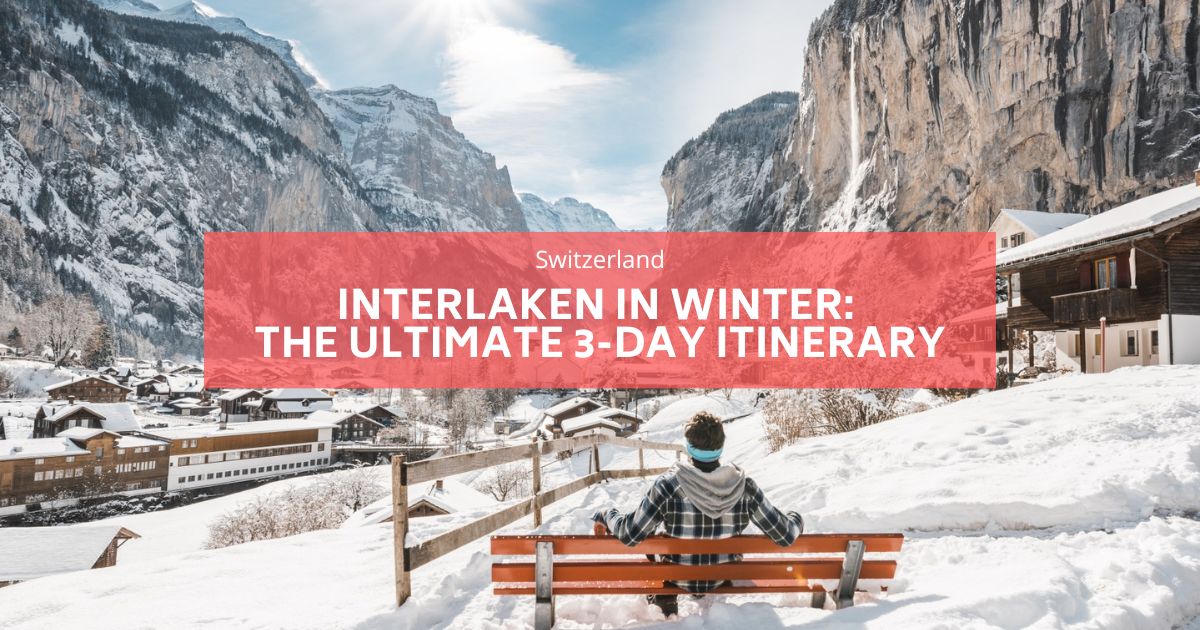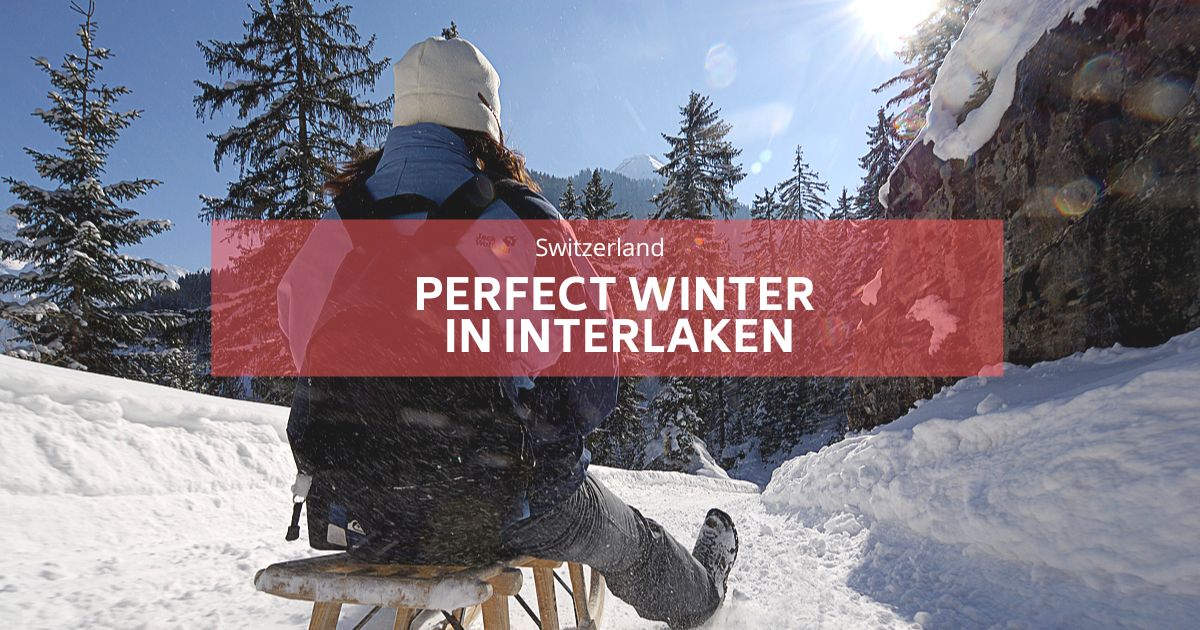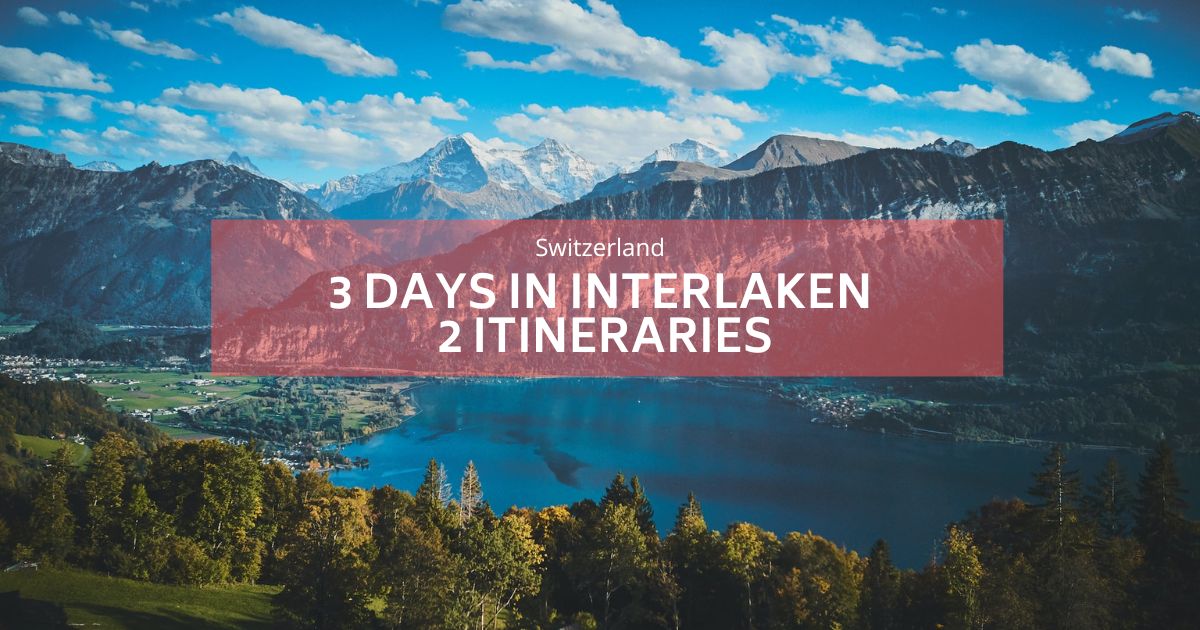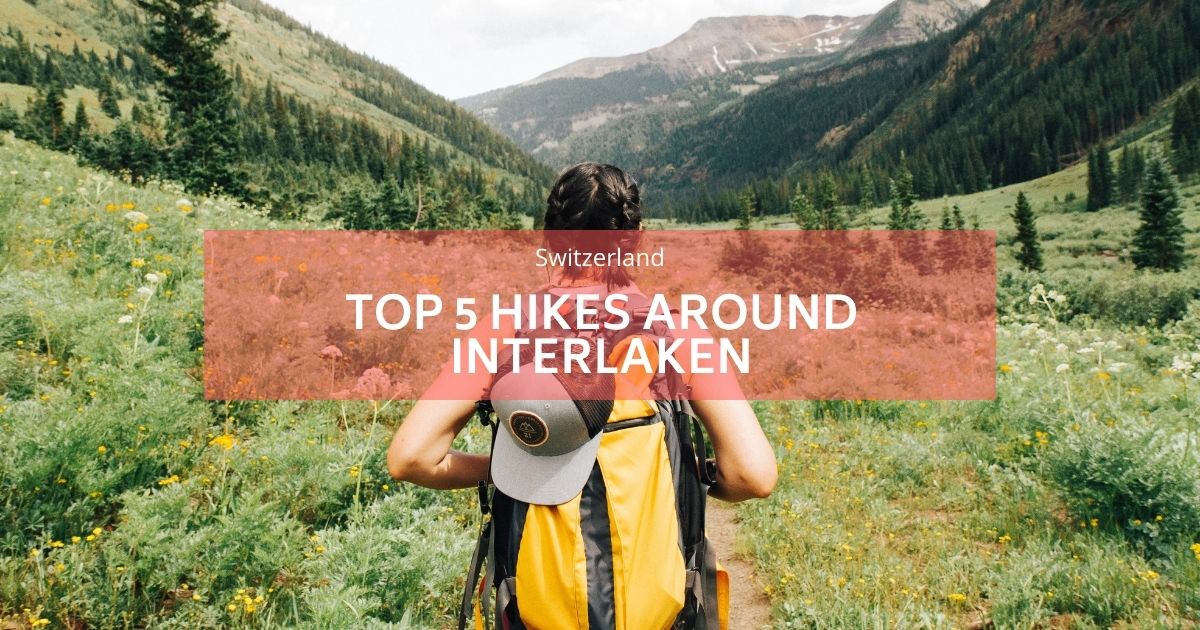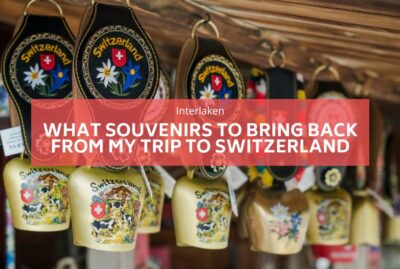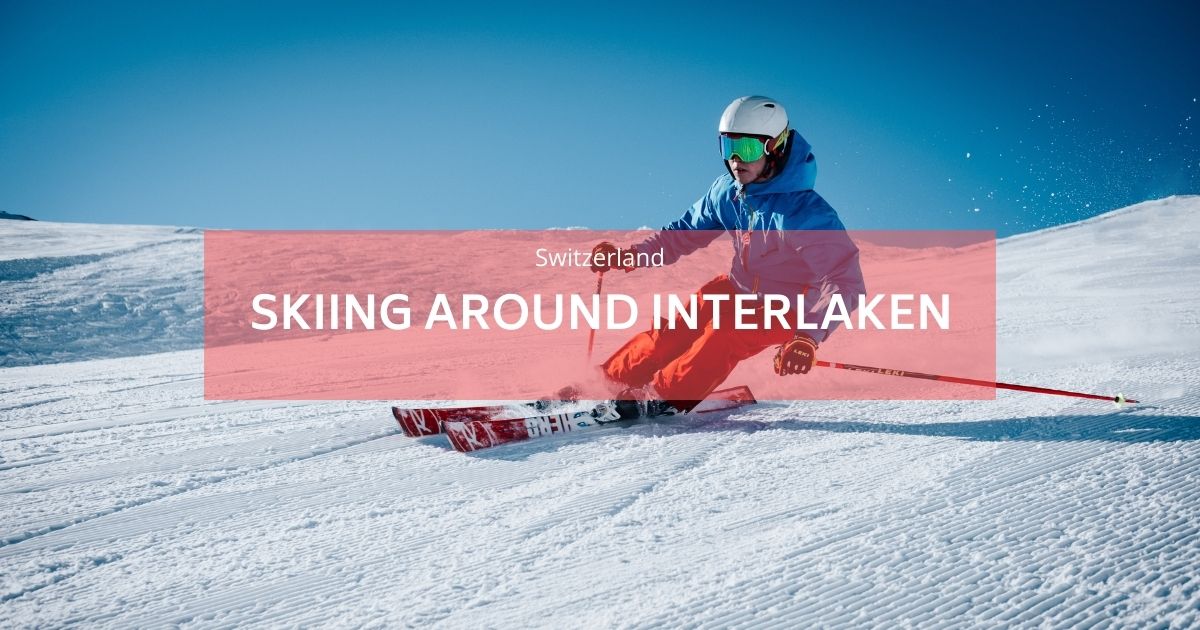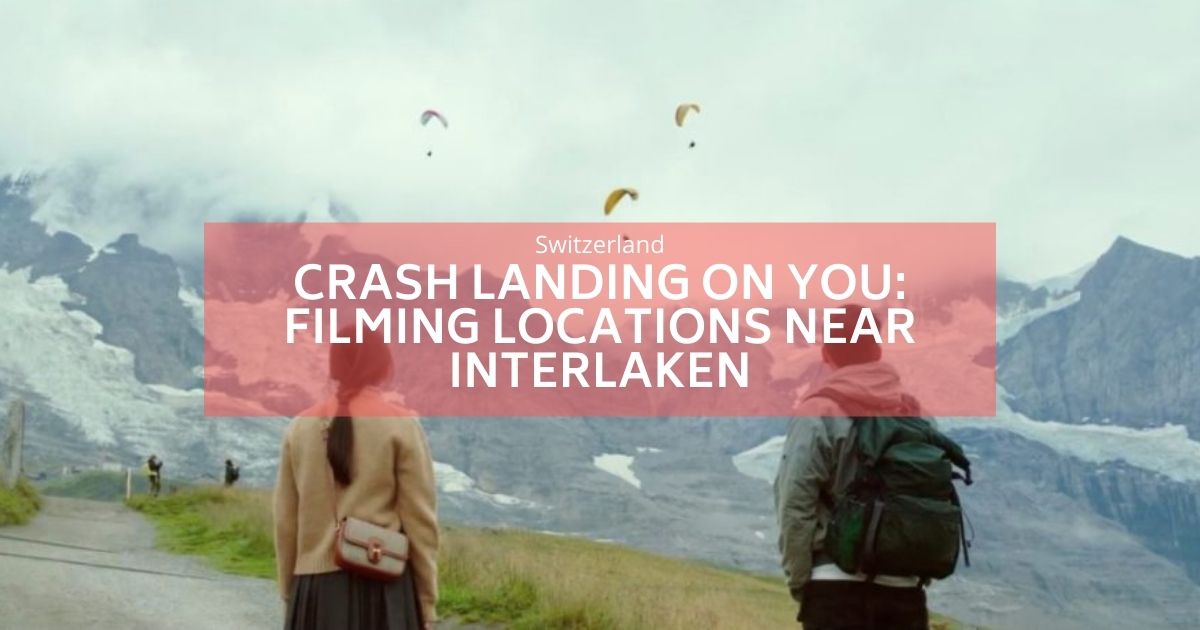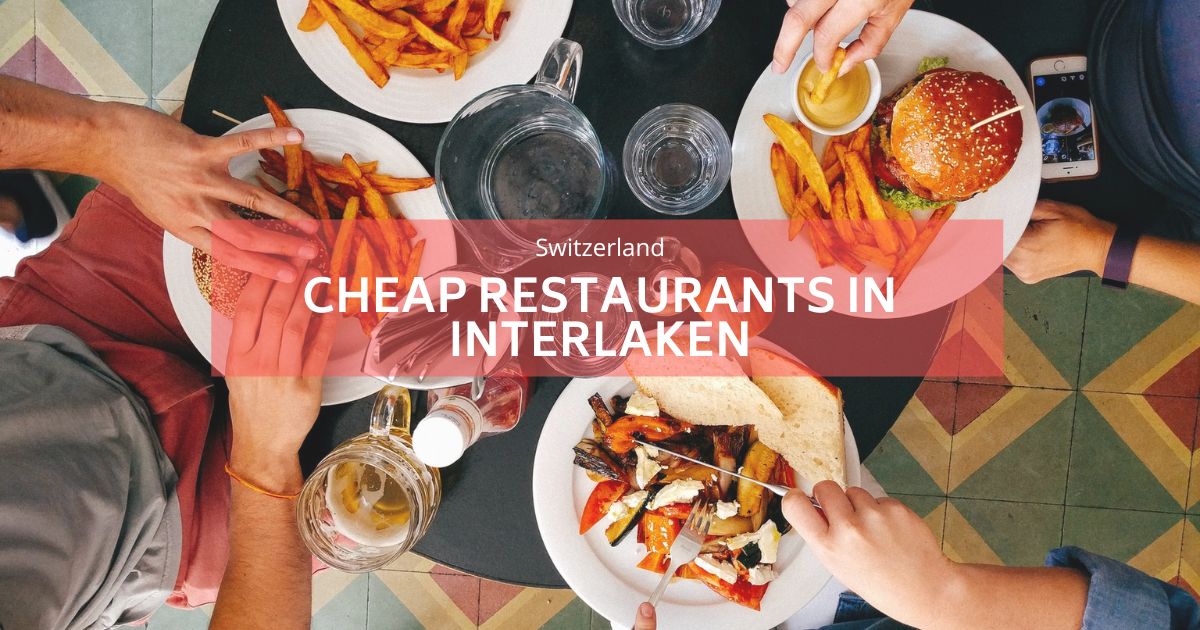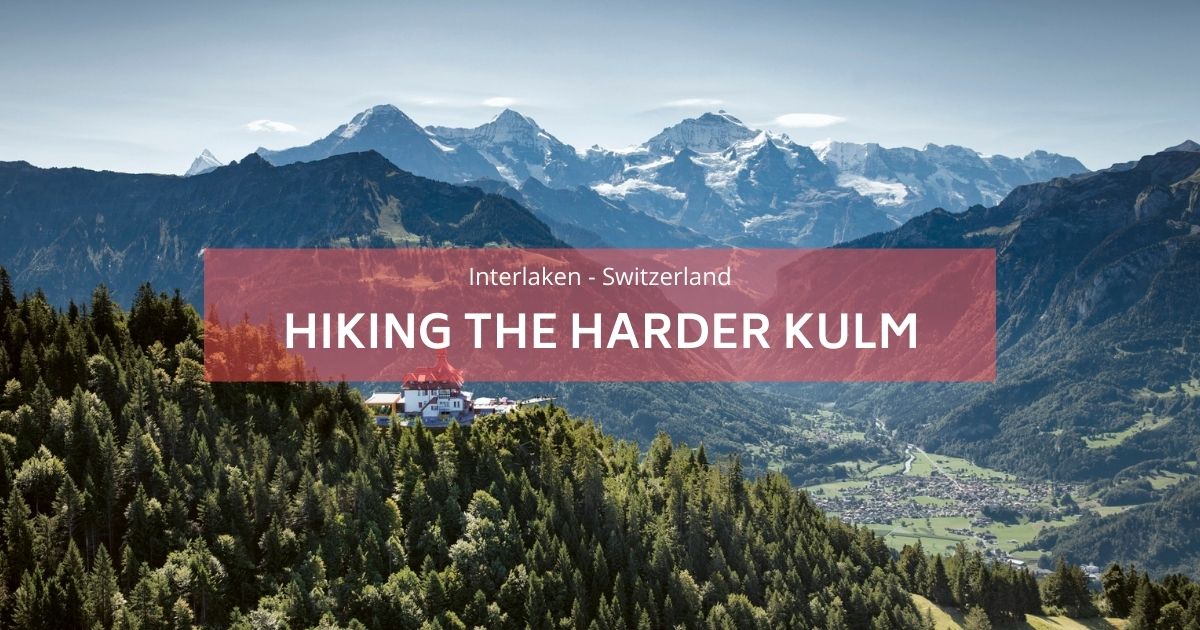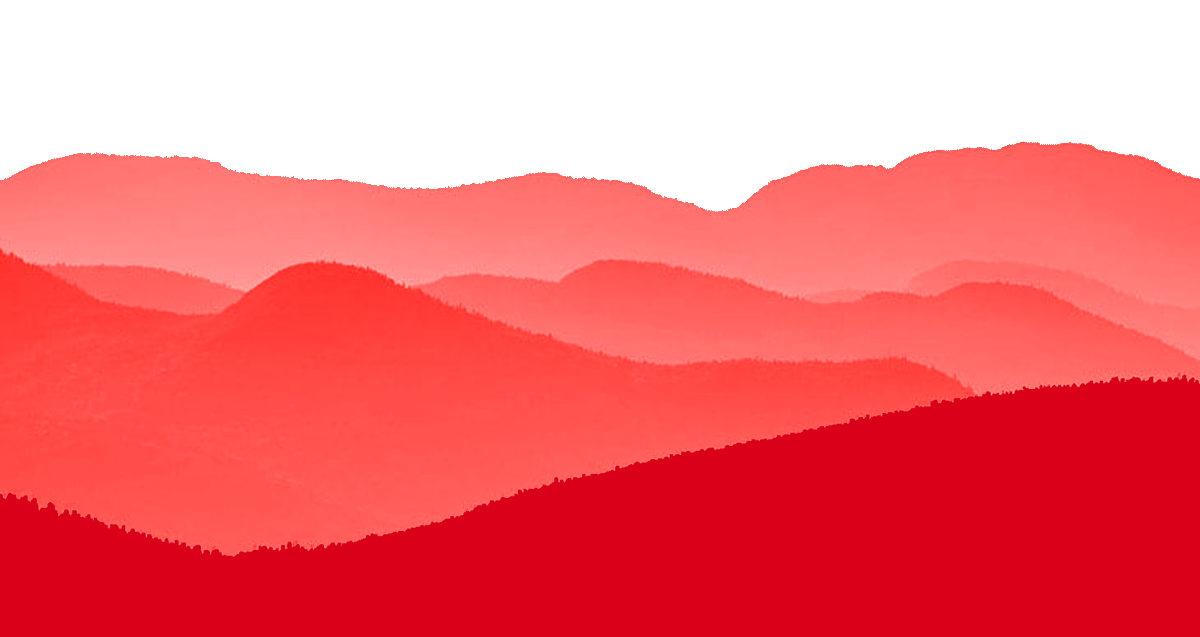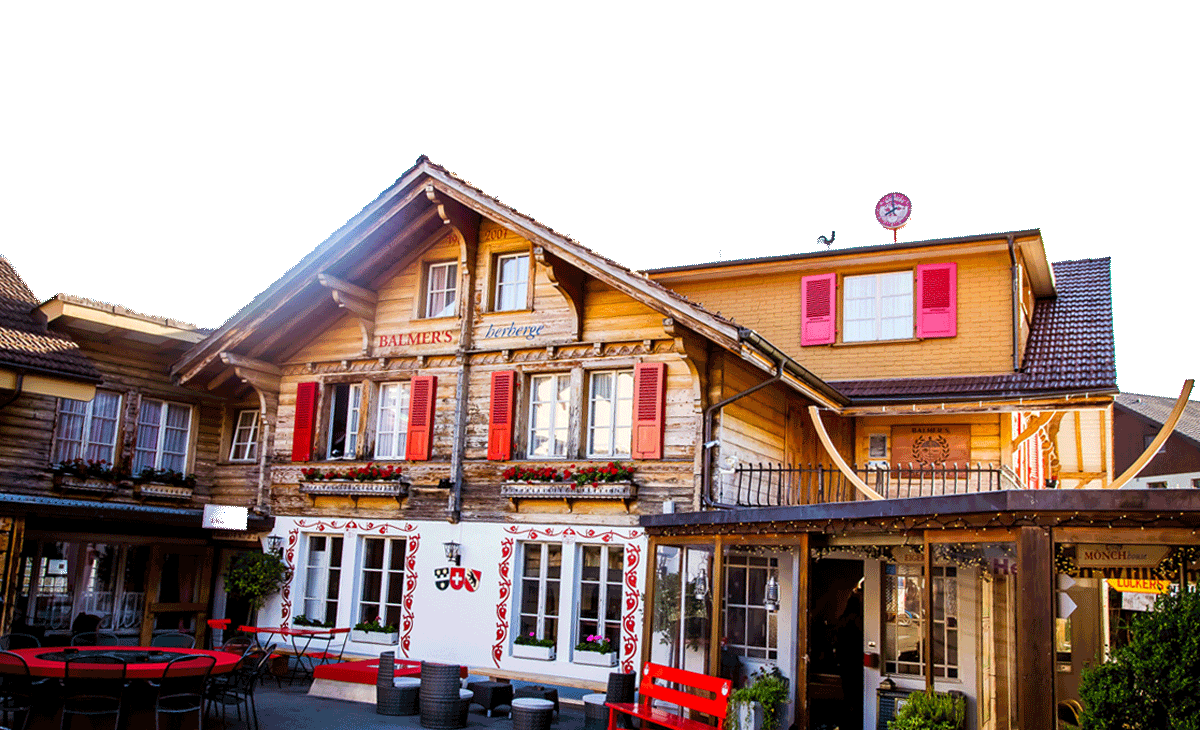Welcome to the Swiss Alps: Your Essential Guide to Switzerland
Nestled in the heart of Europe, Switzerland is a breathtaking paradise surrounded by shimmering lakes, towering mountains, and unforgettable landscapes. If you’ve found yourself here, chances are you’re ready for adventure and just need some tips to navigate this pristine country like a pro. Before you dive into the Alps, let’s cover the basics to help you settle in seamlessly.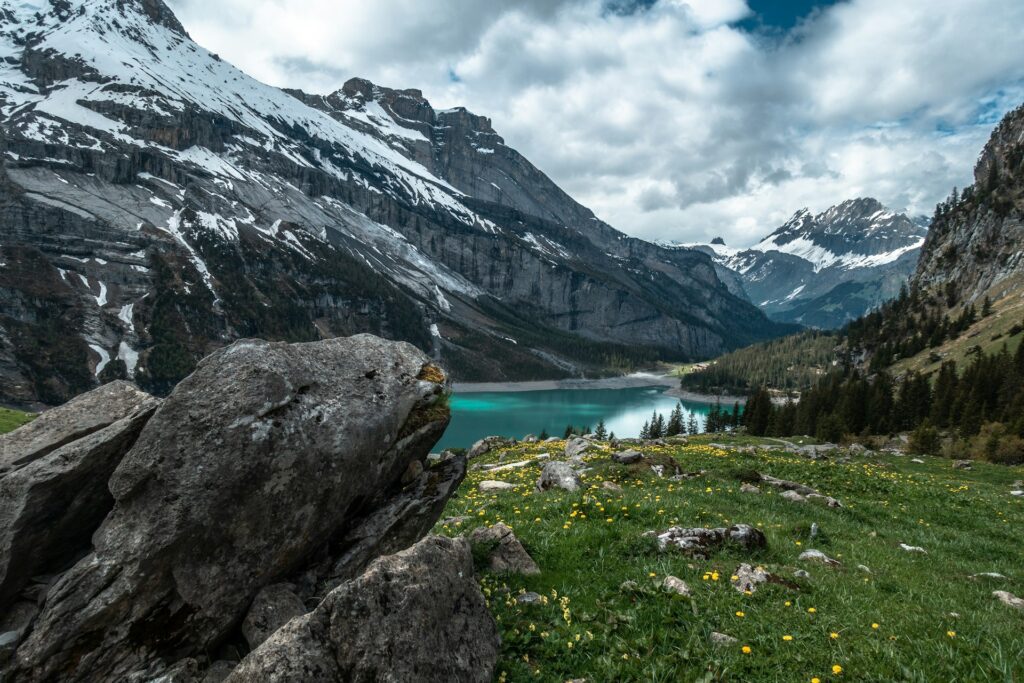 Switzerland is renowned for its organization, respect, punctuality, and politeness—values that will make your stay smooth and enjoyable.
Switzerland is renowned for its organization, respect, punctuality, and politeness—values that will make your stay smooth and enjoyable.
Languages in Switzerland
Switzerland is as diverse as it is beautiful, and this richness extends to its four official languages: German, French, Italian, and Romansh.- German is the most widely spoken, covering over 60% of the population and much of the territory.
- French is dominant in the western regions.
- Italian is spoken in the southern canton of Ticino.
- Romansh, a lesser-known language, is spoken in some parts of Graubünden.
Plugs and Adapters
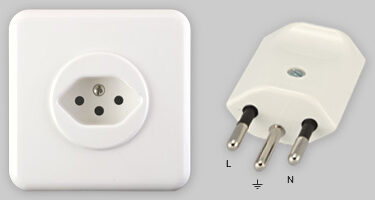 Unlike most of Europe, which uses Type C outlets, Switzerland has its own plug type: Type J. These outlets have three flat prongs, but here’s the good news—Type C plugs often fit without issues. Just make sure your plug isn’t forced and sits securely. If you’re planning to travel around, bringing a universal adapter is a safe bet.
Unlike most of Europe, which uses Type C outlets, Switzerland has its own plug type: Type J. These outlets have three flat prongs, but here’s the good news—Type C plugs often fit without issues. Just make sure your plug isn’t forced and sits securely. If you’re planning to travel around, bringing a universal adapter is a safe bet.
Currency
 Switzerland uses the Swiss Franc (CHF), not the Euro. While this might seem inconvenient, it’s easy to manage:
Switzerland uses the Swiss Franc (CHF), not the Euro. While this might seem inconvenient, it’s easy to manage:
- The exchange rate hovers around 1 CHF = 1.05-1.10 EUR.
- Euros are widely accepted in border towns and tourist areas, but you’ll often receive change in Swiss Francs.
- ATMs across the country allow you to withdraw either CHF or Euros.
Transporte
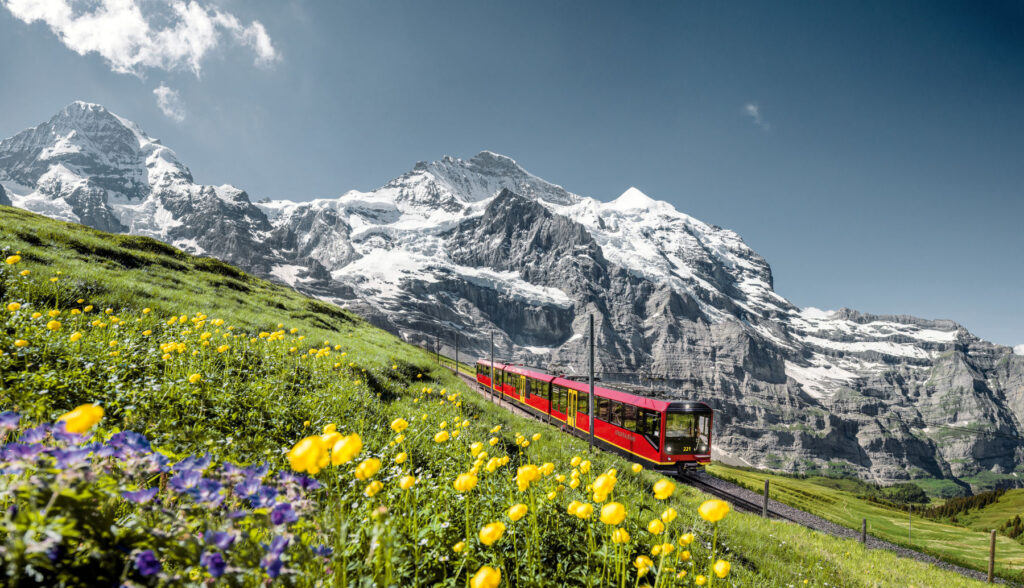 Switzerland’s public transport system is legendary—efficient, extensive, and incredibly punctual. Trains, buses, cable cars, and even boats are all interconnected, making it a breeze to explore every corner of the country.
Switzerland’s public transport system is legendary—efficient, extensive, and incredibly punctual. Trains, buses, cable cars, and even boats are all interconnected, making it a breeze to explore every corner of the country.
- Download the SBB app: It’s the Swiss transport app, that lets you book tickets for your entire journey, whether by train, bus, or cable car. Tickets come with a QR code for easy scanning.
- Trains are almost always on time, and in case of delays, helpful staff are always around to assist.
- Viaje de trem e economize até 20% em sua hospedagem
- Viajar de trem na Suíça
- Locomovendo-se em Interlaken: dicas essenciais para explorar
Tap Water
 Swiss tap water is some of the best in the world. Sourced directly from Alpine springs, it’s cleaner and tastier than bottled water. Public water fountains are everywhere, and unless marked with a sign, they’re safe to drink from.
Pro Tip: Skip buying bottled water and carry a reusable bottle instead. You’ll save money and enjoy fresh Alpine water wherever you go.
Swiss tap water is some of the best in the world. Sourced directly from Alpine springs, it’s cleaner and tastier than bottled water. Public water fountains are everywhere, and unless marked with a sign, they’re safe to drink from.
Pro Tip: Skip buying bottled water and carry a reusable bottle instead. You’ll save money and enjoy fresh Alpine water wherever you go.
Hiking in Switzerland
 Hiking isn’t just a pastime in Switzerland—it’s a way of life. From weekend warriors to retirees, everyone hits the trails here.
Hiking isn’t just a pastime in Switzerland—it’s a way of life. From weekend warriors to retirees, everyone hits the trails here.
- Swiss hiking trails are well-marked with yellow signs at every junction, showing approximate times to your destination.
- Whether you’re a beginner or an experienced hiker, you’ll have no trouble finding your way without worrying about getting lost.
Quiet Hours
Respecting others’ peace is a cornerstone of Swiss culture. Noise is taken seriously here, and most areas enforce quiet hours starting at 10 PM. Even trains have silent wagons, where you can enjoy a peaceful journey. If you’re staying at a hostel, keep the volume low at night to stay on everyone’s good side.Emergency Numbers in Switzerland
While Switzerland is incredibly safe, it’s always good to know these emergency contacts:- General Emergencies: 112
- Police: 117
- Firefighters: 118
With this quick guide, you’re all set to explore Switzerland like a local. Safe travels and enjoy your Alpine adventure!
